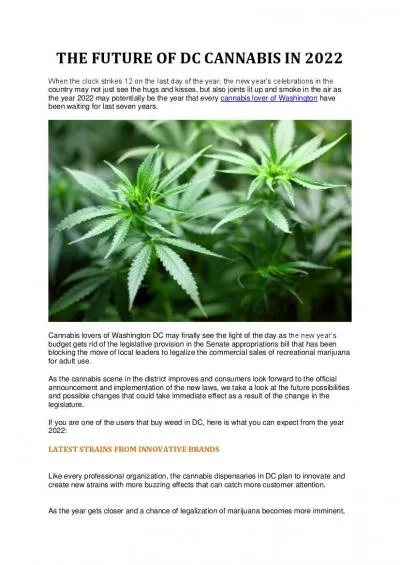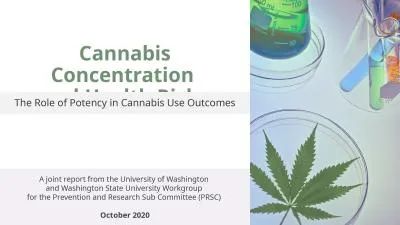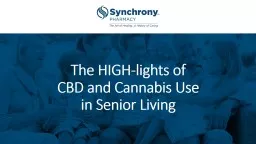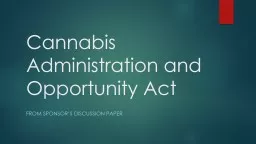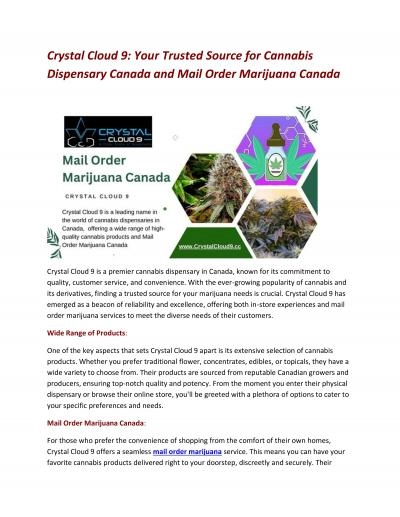PPT-A Review of Cannabis Regulation in Canada and t
Author : celsa-spraggs | Published Date : 2018-03-20
he Report of the Task Force on Cannabis Legalization and Regulation For Emerging Practices and Legal Context for Prescription Drugs and Marijuana in VAW Shelters
Presentation Embed Code
Download Presentation
Download Presentation The PPT/PDF document "A Review of Cannabis Regulation in Canad..." is the property of its rightful owner. Permission is granted to download and print the materials on this website for personal, non-commercial use only, and to display it on your personal computer provided you do not modify the materials and that you retain all copyright notices contained in the materials. By downloading content from our website, you accept the terms of this agreement.
A Review of Cannabis Regulation in Canada and t: Transcript
Download Rules Of Document
"A Review of Cannabis Regulation in Canada and t"The content belongs to its owner. You may download and print it for personal use, without modification, and keep all copyright notices. By downloading, you agree to these terms.
Related Documents

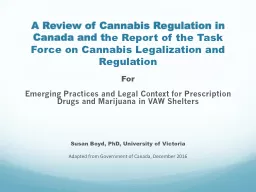
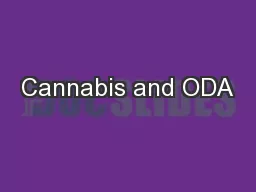
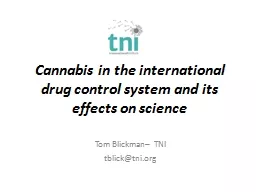
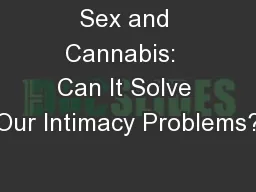
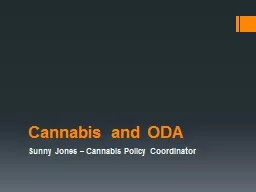
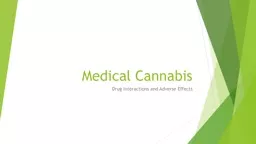
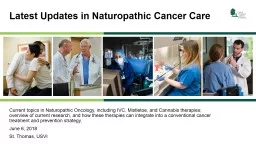
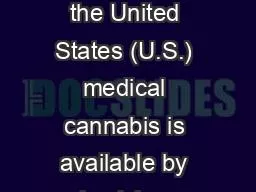
![[EPUB] - Edibles: Small Bites for the Modern Cannabis Kitchen (Weed-Infused Treats, Cannabis](https://thumbs.docslides.com/888054/epub-edibles-small-bites-for-the-modern-cannabis-kitchen-weed-infused-treats-cannabis-cookbook-sweet-and-savory-cannabis-re.jpg)
